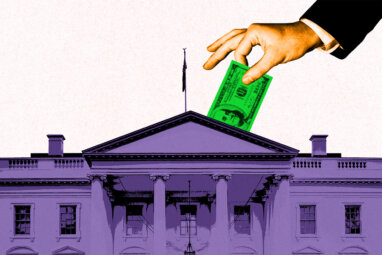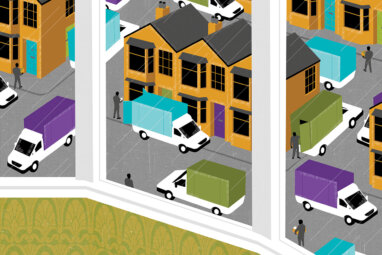The New Rules For Crisis Management
Many stakeholder groups now control their own media and sources of information, and they are increasingly setting the agenda for how companies resolve crises.
Topics
In executive development, it’s called “the newspaper test.” In a simulated interview or press conference, managers must respond to a crisis scenario; through this exercise, they learn to show compassion and keep their facts straight while maintaining their composure under pressure. That’s fine so far as it goes, but in today’s world, the traditional news media do not always control how crises unfold. Now, executives are facing stakeholder communities that control their own sources of information and their own media and have their own ideas about how companies should resolve crises. These stakeholder groups wield considerable power to influence other stakeholders, organizations, and the public, and executives who ignore them do so at their own peril. On more than one occasion in the past decade, entire divisions of multinational companies were sold off to competitors after stakeholders criticized those businesses through their proprietary media.1 Thus, companies need to know how stakeholders gained this power, how they use it, and what to do about them.
A Growing Trend
Christian conservatives in the United States were one of the first groups to fully grasp the power of controlling their own media. Back in the 1960s and 1970s, they used direct mail to fund their movement and promoted it with their own radio and TV stations.2 By the 1990s, activists as different as France’s extreme right National Front party3 and Greenpeace realized that if they could start their own print, video, online, and/or radio networks, it not only would help them to build a larger audience for their messages, it would also eventually force the traditional news media, businesses, and policymakers to take them more seriously. Their timing was good; stakeholder media were soon filling a hole where the traditional media used to be. In the United States and United Kingdom alone, about 30% of working journalists have been downsized since 2000, and the traditional media that have managed to survive are now providing less-credible information to a declining audience.4
References (24)
1. See M.L. Hunter, M. Le Menestrel, and H.-C. De Bettignies, “Beyond Control: Crisis Strategies and Stakeholder Media in the Danone Boycott of 2001,”
Corporate Reputation Review 11, no. 4 (2008): 335-350; and M.L. Hunter, L.N. Van Wassenhove, and M. Besiou, “Lawnsite.com vs. DuPont (A, B, C),” INSEAD Case no. 06/2014-6071 (Fontainbleu, France: INSEAD, 2015).2. The classic study of this movement and its media is S. Diamond, “Roads to Dominion: Right-Wing Movements and Political Power in the United States” (New York: Guilford Press, 1995). Diamond’s interest in Christian Right media extended to their printed handouts and other low-tech formats, as she documented in S. Diamond, “Facing the Wrath: Confronting the Right in Dangerous Times” (Monroe, Maine: Common Courage Press, 1996). Stakeholders do not need the production values of CNN to make impactful media.






Comments (2)
sai kiran
Nik Zafri Abdul Majid